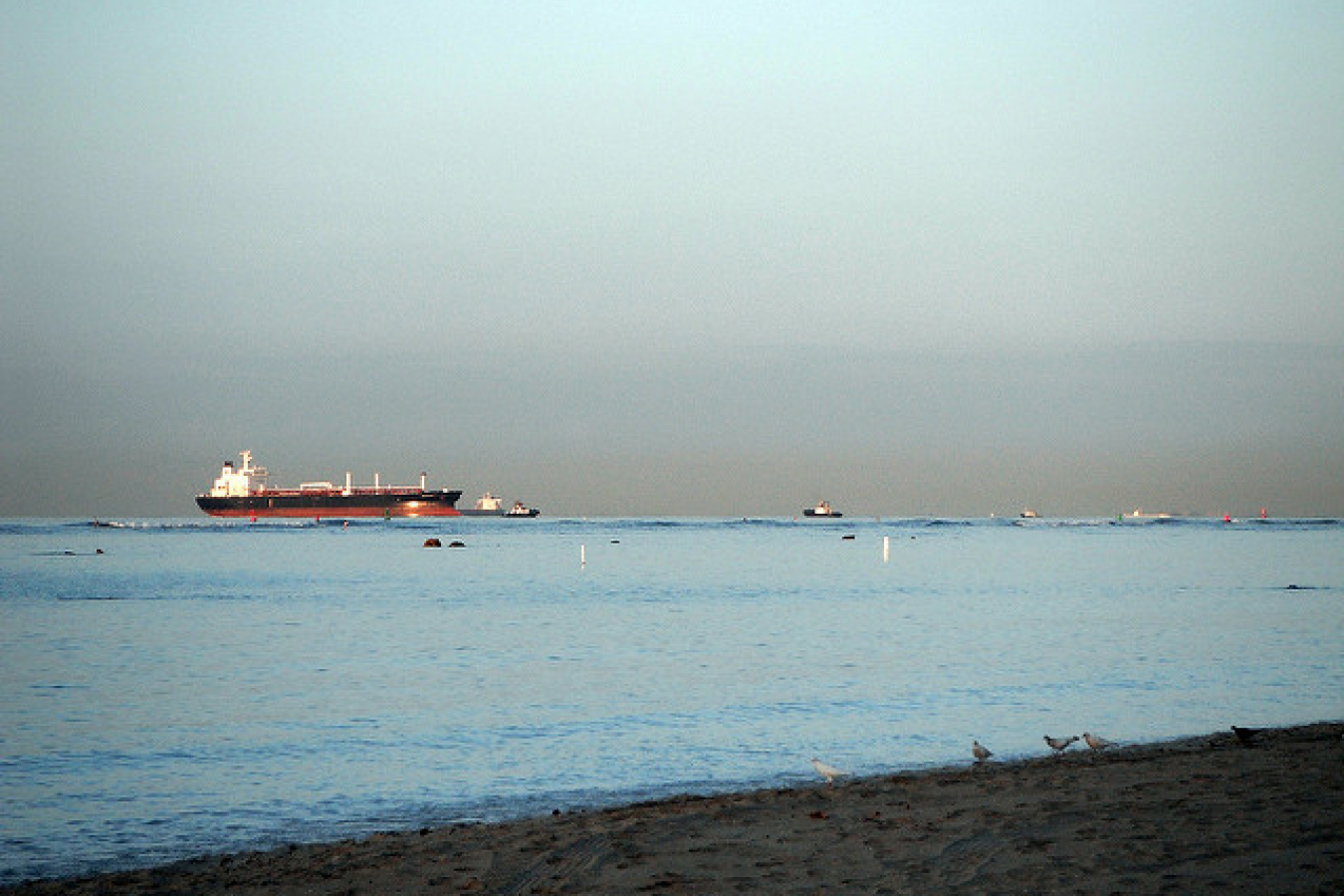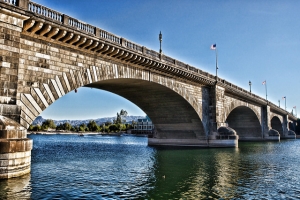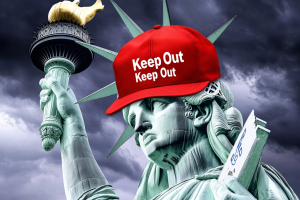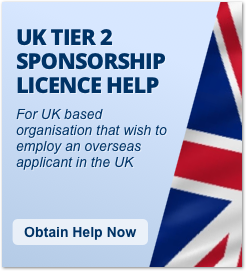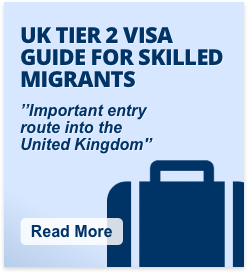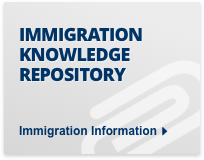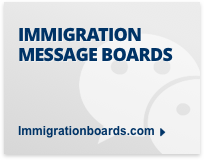Support migrant centric journalism today and donate

 Watch This Video
Watch This VideoThe United States implemented new requirements for travelers entering the country, as of 23 January this year, to comply with the Intelligence Reform and Terrorism Prevention Act of 2004. All persons entering the U.S. by air travel must have a passport, or some form of identification from a very restrictive list.
Most world travelers are used to such a requirement. In fact, even people from most countries who do not travel very much are used to obtaining a passport and maintaining it as a critical form of identification.
However, until the end of 2006, approximately 75% of Americans had never applied for a passport. Many Americans are used to traveling, but within the Western Hemisphere there were a number of countries that U.S. citizens needed either no identification or very minimal identification to travel in and out of.
That has all changed, and the changes will become even more significant in January 2008 when travel by boat and car will also require passports to cross the U.S. border. Currently, air travel to Canada, the Caribbean and Latin America fall under the new requirements.
Some exceptions exist and a few more have been proposed, but this is a big change for most Americans.
And finally, after two years or so of planning to implement the new policies, people are waking up to the fact that they need passports. Now.
The size of the problem
Passport processing sites across the United States are experiencing serious problems as the State Department wades through an unprecedented crush of passport applications. More than 1 million applications are being submitted per month at present time.
Passport requests usually increase dramatically about this time of year ahead of the busy spring and summer travel season. However, the department has been swamped since the new regulations for U.S. airline passengers - including children - to show a passport upon their return from Mexico, Canada or the Caribbean have been implemented.
It was recently estimated that up to 33% of Americans will have passports by the end of this year, perhaps even 40%. Considering that the population of the U.S. is 300 million, a jump from 25% to 33% represents 25 million new passport holders this year. If 40% of Americans wish to have passports by 2008, then 45 million passports will need to be issued by the end of the year.
Currently, passport applications filed between October and March are up 44% from the same period a year ago, the department told lawmakers this week. In February alone, applications were up 25%. The scary part is that, to meet a target of 33% of Americans holding passports, more than 2 million passports should be applied for and issued each month, or nearly 4 million per month to meet a demand of 40% of the U.S. population receiving new passports.
Because of the current rush in demand, it could take 10 weeks instead of the usual six to process routine applications, according to the department. Expedited requests, which cost an extra $60 on top of the normal $97 fee, could take four weeks instead of two.
What is next?
The State Department said it is working overtime to handle the load and hopes to have an additional 400 passport adjudicators by the end of next year.
And, it doesn't seem to have sunk in, yet, that that the situation hasn't even begun to get 'interesting.' By the time the Christmas holidays arrive, people will begin to understand that driving their car across the border for a quick visit to Canada will require a passport for every person in the car.
Canada is also noticing a need for passports, but most Canadian citizens are more familiar with the requirement and already have them. The government of Canada recently reported some small delays in processing passports, however it is not expected to get much worse since the country has fraction of the U.S. population at just over 33 million Canadians.
Canada's passport authority said it had processed over 1 million applications since November, and is receiving approximately 20,000 applications per day from people required to comply with the U.S. regulations.
Canadian applicants may expect to wait up to 45 business days for a new passport at this time.
Americans who had not received their passports two weeks before their trips are generally told to go to one of 14 big-city passport offices across the country. There, they were mostly confronted with long lines and no guarantee they will leave with a passport.
While 12 million passport applications were processed in 2006, the State Department is officially estimating that "as many as 17 million" are expected this year. Some 74 million Americans currently have valid passports.
The new rules were a "total disaster," said Phillip Overton, owner of a Carlson Wagonlit Travel franchise in Dallas. Many travelers were unaware they needed passports until it was too late, he said.
"You have a lot of people buying online products and tickets and they don't know that they have to have a passport ... so we are getting calls all the time from people who have not even booked with us who are panicking," Overton said.
"A lot of people don't even understand what they (passports) are."
The only exceptions are U.S. territories, such as Puerto Rico and the U.S. Virgin Islands.
Related:
• U.S. relaxes new passport rules for American and Canadian children• New passport rules begin today for United States
• Caribbean tourism industry faces hard times with new US passport rules
• New passport requirements for the United States
• Canada and the US to implement tighter border controls
• US, Canadians required to carry travel documents
• Canadian poll - biometric identification and immigration in favour
• New hi-tech RFID passports hacked and cloned
